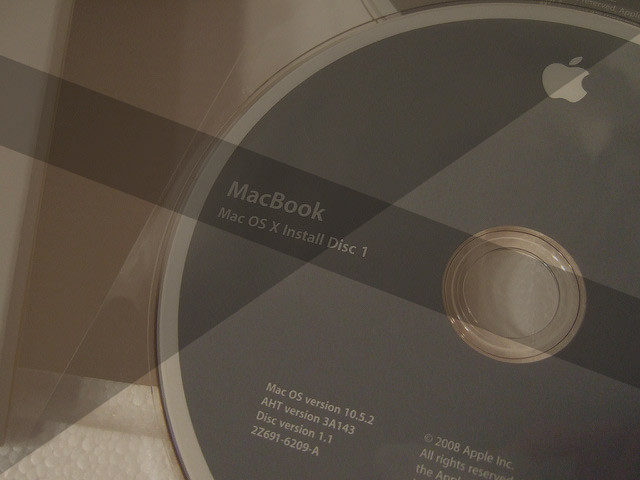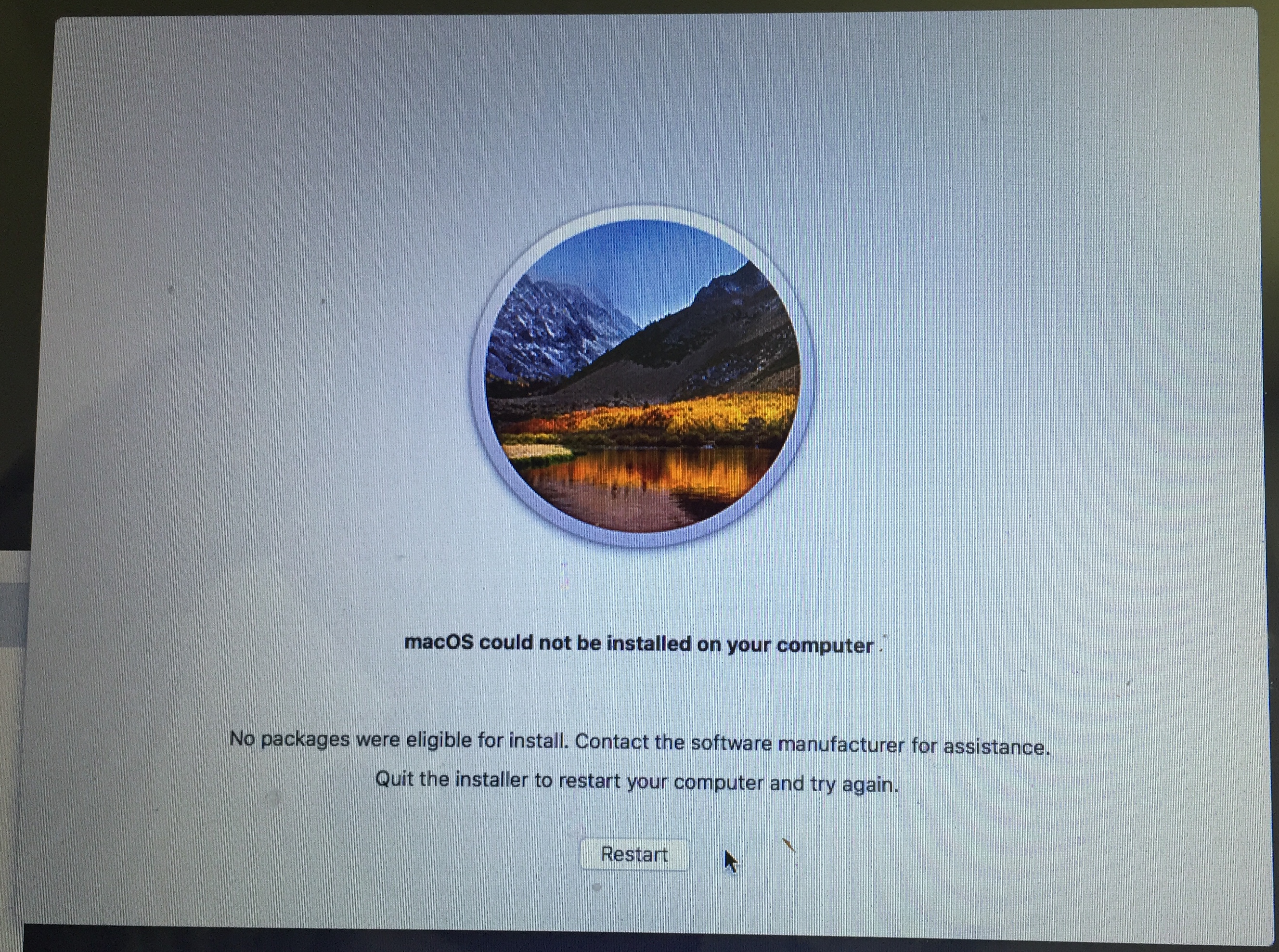macOS Big Sur elevates the most advanced desktop operating system in the world to a new level of power and beauty. Experience Mac to the fullest with a refined new design. Enjoy the biggest Safari update ever. Discover new features for Maps and Messages. And get even more transparency around your privacy.
OS X El Capitan is the twelfth major release of OS X for Mac computers. It was released on September 30, 2015. Some users have reported an issue where Mac refuses to finish booting after updating to OS X EL Capitan. If your Mac will not start up, stalls on a gray screen with an Apple logo, here is how you troubleshoot. Once you’ve done that, here’s how to install, reinstall, or upgrade to El Capitan, step by step: Boot from your Recovery HD partition by restarting your Mac while holding down the Command+R keys. The OS X Utilities window appears. Select Reinstall OS X, and click Continue. The OS X El Capitan splash screen appears.

Not 100% sure on El Capitan, and this might be more a thing on later versions that use APFS, but at some point Disk Utility changed a bit to default to showing volumes rather than devices - you have to go to View and choose All Devices - and if you don't do that and grab the entire disk, it sometimes does weird things that can cause install issues. If you are on an earlier version of OS X, you can download and install El Capitan from directly the App Store. OS X El Capitan on Mac App Store. Alternatively, if you currently on a later version of macOS and want to downgrade to El Capitan for some reason, you can officially do so only if you have purchased it earlier.
Check compatibility

macOS Big Sur is compatible with the following computers. If your Mac isn't compatible, you might be able to install an old version of macOS instead.
MacBook introduced in 2015 or later
MacBook Air introduced in 2013 or later
MacBook Pro introduced in late 2013 or later
Mac mini introduced in 2014 or later
iMac introduced in 2014 or later
iMac Pro
Mac Pro introduced in 2013 or later
View the complete list of compatible computers.
If upgrading from macOS Sierra or later, your Mac needs 35.5GB of available storage to upgrade. If upgrading from an earlier release, your Mac needs up to 44.5GB of available storage. To upgrade from OS X Mountain Lion, first upgrade to OS X El Capitan, then upgrade to macOS Big Sur.
Download macOS Big Sur
El Capitan Could Not Install
If you're using macOS Mojave or later, get macOS Big Sur via Software Update: Choose Apple menu > System Preferences, then click Software Update.
Or use this link to open the macOS Big Sur page on the App Store: Get macOS Big Sur. Then click the Get button or iCloud download icon.
Install macOS Big Sur

After downloading, the installer opens automatically. Click Continue and follow the onscreen instructions.
Please allow installation to complete without putting your Mac to sleep or closing its lid. During installation, it might restart and show a progress bar or blank screen several times. You might find it easiest to begin installation in the evening so that it can complete overnight, if needed.
Stay up to date
After installing macOS Big Sur, you will be notified when updates to macOS Big Sur are available. To check for updates, choose Apple menu > System Preferences, then click Software Update.
Installing El Capiton on an old Mac Book Pro today, I received the error:
OS X could not be installed on your computer
No packages were eligible for install. Contact the software manufacturer for assistance.
Quit the installer to restart your computer and try again.

I checked Apple’s support Matrix (it is a very old macbook pro) at https://support.apple.com/kb/SP728?locale=en_GB and it was listed as supported.

After lots of Googling and investigation, I discovered that the date and time were not set to current, the macbook thought it was year 2000.
You can easily reset the time and date by following the steps below:
- Click Utilities on the menu bar
- Select Terminal
- Type date
- Confirm the date is wrong
- Type date 062112422016 (example: June 21st 12:42 2016)
- Exit terminal
- Click Restart
Once the Date and time are configured you will be able to install OS X.
El Capitan Won't Install
Easy fix, for a ridiculous error!